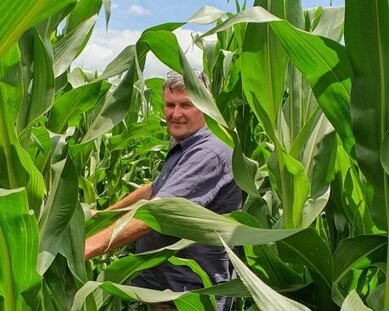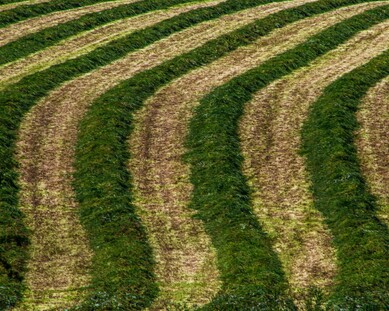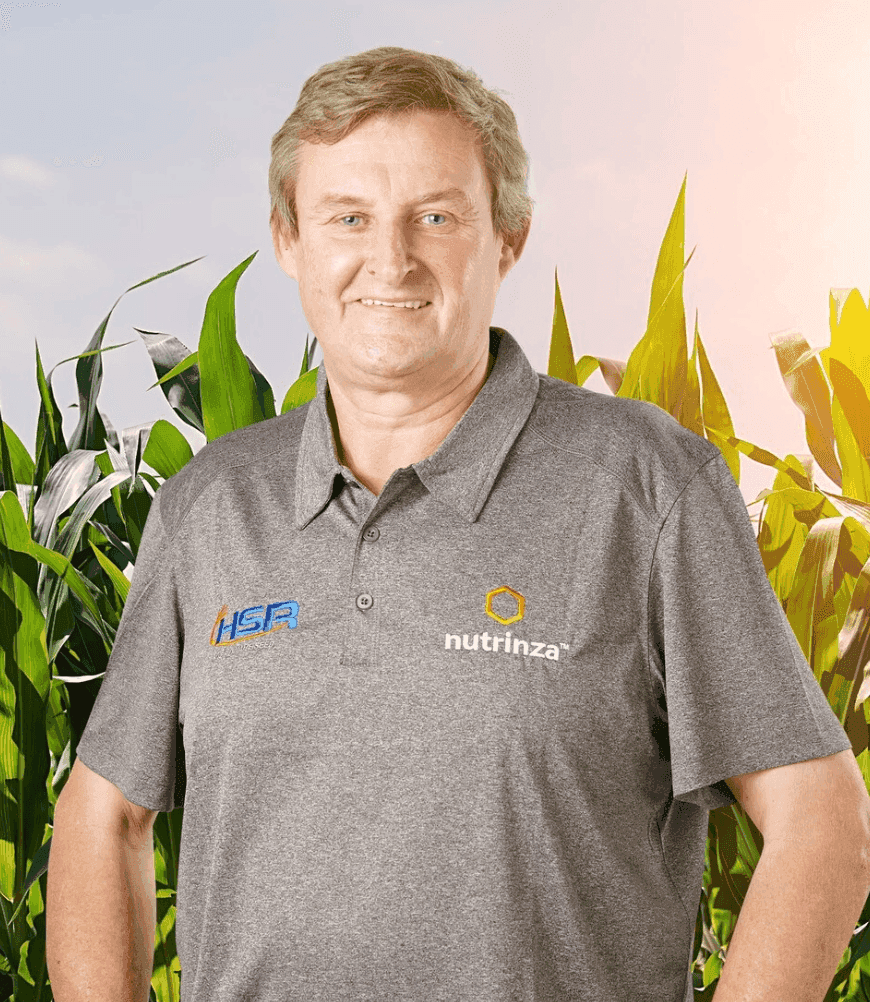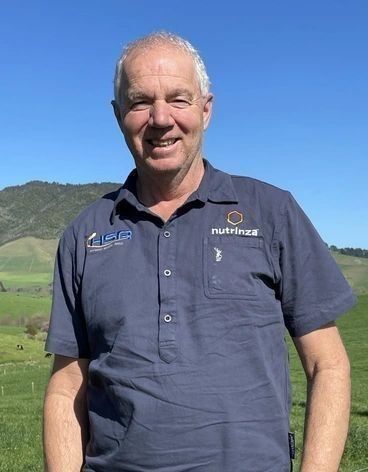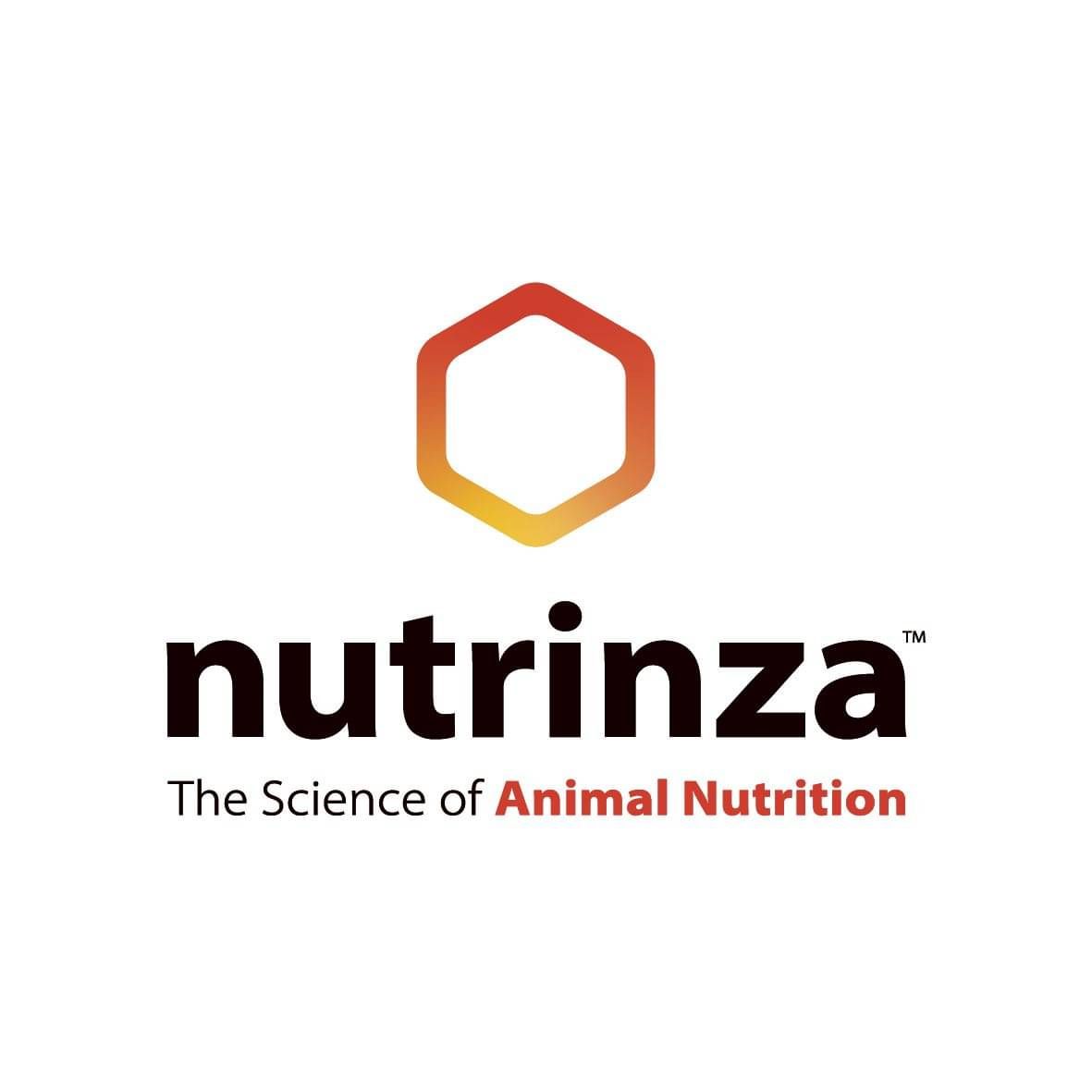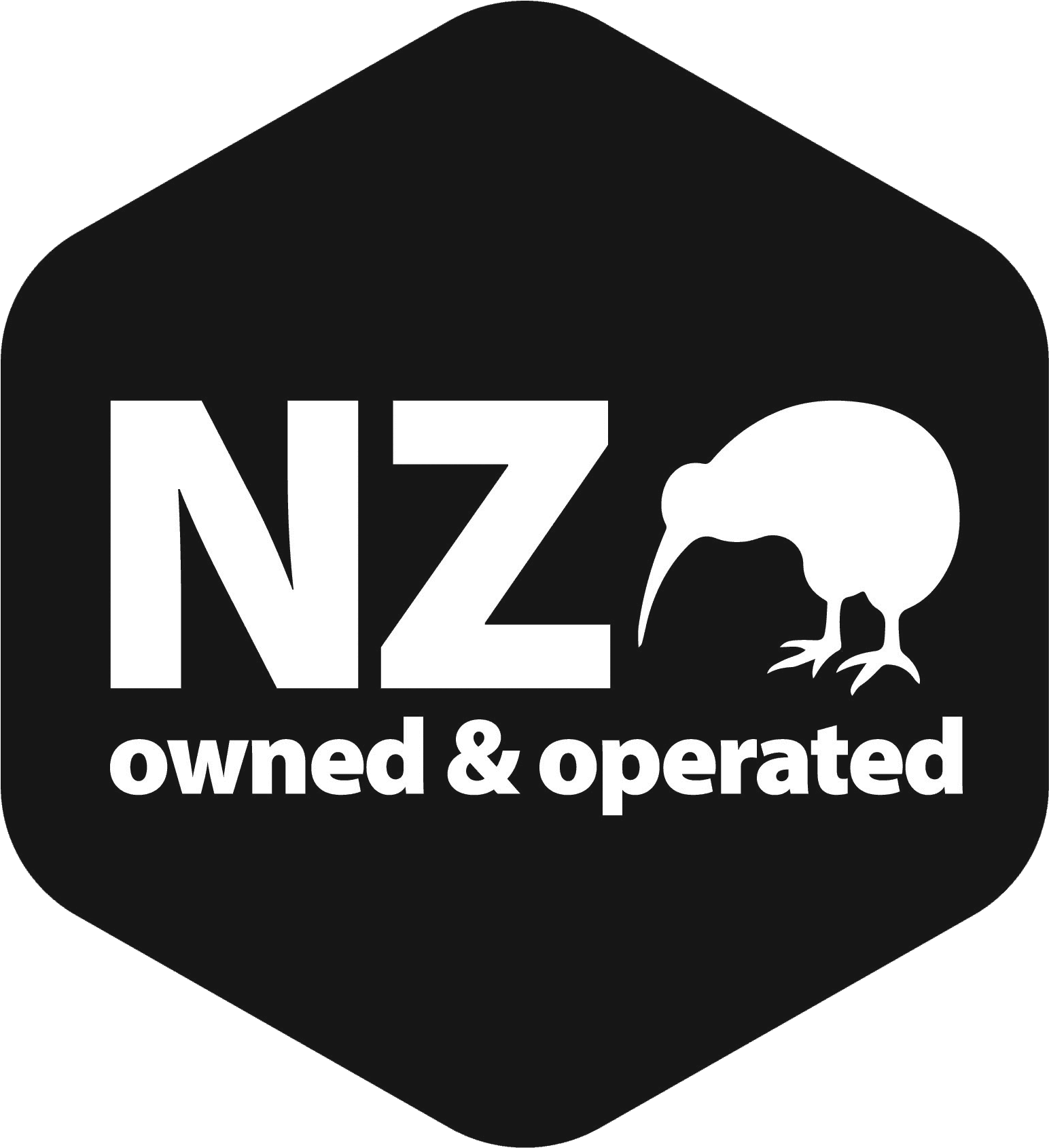
Growing HSR maize
Maize is an essential crop for New Zealand dairy farmers to help enhance feed supply, manage climatic risks, and support pasture renewal. Careful management of maize during planting and establishment is crucial to a successful yield.
When growing HSR maize, there are many things to consider, including:
Choose the right agronomist
There are many factors that go into selecting the best maize hybrid for your climate and region.
Our maize agronomists are here to help you get the best from your maize crop.
Select the right hybrid for your environment
When looking to plant maize, hybrid selection is crucial and there are many factors that lead to selecting the best variety for your region and farm.
Looking at when you’re able to plant and harvest your crop will help to identify the hybrid that will suit your growing timeframe.
Weather, particularly wind is another consideration to look at, especially around harvest time. Are there any diseases in your area, specific fertility issues or drainage challenges that could affect the crop and need to be addressed.
Price is another important factor to consider when selecting maize varieties. HSR offers competitive pricing with our hybrids.
Communication with contractors is key
Growing maize requires a team approach from everybody involved in the crop's success, from maize seed supplies, planting and harvesting contractors, specialist spraying contractors and technical support regarding agronomy and crop nutrition.
Our HSR maize agronomists are available to offer specialist maize seed and crop management support across all regions of the country.
As with all teams, great communication will ensure the best result.
Choosing the right site
Not all paddocks are equally suited for maize production, so it’s crucial the right site is selected for growing.
Consider other factors that could reduce costs by making the contractors’ jobs easier, such as paddock location, access, entryways, track conditions, culvert strength, and overhead wires.
Take advise from your contractor and maize agronomist as to what makes a suitable site for region and hybrid.
Less-suitable sites:
Steep paddocks are not only difficult for growing and harvesting of maize but don't tend to produce great yields.
Low lying and wet paddocks often lead to growth and yield problems.
Wet/flood-prone paddocks can risk the loss of soil at the root level, leading to lower yields.
Best suited sites:
Long-term effluent paddocks have high nitrogen and potassium levels and are ideal for growing a deep-rooting crop of maize.
Long-term dairy pastures have high fertility levels, which means that nitrogen fertiliser inputs for maize crops can be reduced without impacting yield.
Soil preparation
After selecting the best site for planting, soil preparation is an important step to get the best yield.
An uneven soil surface and poor soil preparation can make it difficult for the planter to sew at a uniform depth. This can result in variations in emergence and have implications for effective weed control.
As maize is a large seed, seed-to-soil contact is important for even germination. The press wheels on modern planters provide this contact.
It is important to get a soil test done to determine fertiliser requirements for a successful crop.
Planting dates
Next steps are to identify when to begin planting. You can use HSR's planting calendar to determine days between planting and harvesting.
Crop monitoring and record keeping
Monitoring is crucial to maximise yield and to regularly monitor your crops, particularly in the first two months of growth. Your monitoring programme will include weeds, pests, and diseases and fertiliser requirements.
When monitoring, our maize agronomists look at three things, as seen below:

Emergence to four leave
Regularly check for weeds as this period is easy to access and minimise weed growth.
Check for greasy cutworm - greasy cutworm feed at night by typically cutting and felling maize plants; there are spray options that give good control
Deep soil (0-60 cm) nitrogen testing can help to plan your post-emergence fertiliser programme.

Six leaves with visible collars
At this stage, the crop grows very rapidly eventually eliminating vehicle access into the crop. High clearance sprayers or aerial application are now the only options
Any nitrogen that is required, should be applied before the crop reaches knee high.

December and onwards
Leaf diseases (if warm and humid) appear during this time. Monitor for rust, eyespot, and northern corn leaf blight on a regular basis.
From now on, regular checks should be undertaken for army worm caterpillar activity.

Silking date and note taking
This is the time period when fifty percent of plants are silking and should be noted
For maize seed breeders, the silking date is important to determine the maturity of maize seed crop, and ensures the crop reaches optimum nutritional value within the correct timeframe.
Weed and pest management
Effectively managing weeds is a key factor in a successful and high-quality maize yield. Weeds can cause a significant yield loss, and moisture-activated pre-emergence herbicides form the basis of an effective weed control programme. Specific situations may also require a post-emergence application for effective weed control.
Weeds compete with maize crops for water and space, as well as robbing the plant of available nutrients. They also bring the risk of infection by disease and an environment for pests to multiply and infest a crop.
Weed identification should begin prior to planting, with cropping plan decisions being taken to include particular weed issues.
The first step is to identify the weed. The AgPest site allows you to search the pest and weed directory, identify pests, receive alerts about current pest news and report any pests found around maize.
Search for pests & weeds
Soil and crop fertiliser
When growing crops in soil the greatest care and consideration must be given to sustainability and soil regeneration. Growers have an ethical obligation to act sustainably and ensure that they only supply the nutrients that are crucial for crop development. Any surplus nutrients to requirements could remain in the soil and eventually leech into the groundwater and waterways.
The best course of action is to test the soil before applying any fertiliser to determine requirements. The basic soil test will give you the key indices to identify any further fertiliser inputs.
Basic soil test (0-15cm) for pH, Olsen P, K, N, Ca, Mg etc.
Please note that applying your fertiliser according to your soil test is important. For more information about this, contact one of our agronomists.
Nitrogenous fertilisers
Nitrogen (N) availability in soil is one of the key factors contributing to a successful crop. A lack of nitrogen availability is a common contributor to a poor maize crop.
Phosphate
Phosphate (P) helps particularly with root growth,, and any shortage in the soil, especially in the early development stages,, can hold back root growth and stem nutrient uptake, which can have flow-on, which can have flow-on effects on the crop for the whole season.
Potassium (K)
Potassium helps crops regulate water content, convert sugar to starch, and maintain plant tissue rigidity. Adequate potassium supply makes crops less susceptible to pests and fungal attacks. Maize crops deplete 11-12kg of elemental potash per tonne of dry matter.
Effluent
Effluent can be a great nutrient source for maize, especially in paddocks with a cropping history. It should be carefully and knowledgeably applied for effective use.
Interested in HSR Hybrids?
HSR Maize Seed is proud to be New Zealand and Australia-owned and operated.
HSR Maize Seed is available direct-to-farm through Nutrinza to bring optimum savings to farmers and contractors nationwide.
